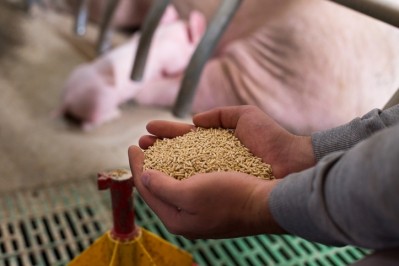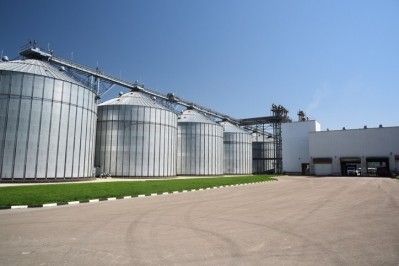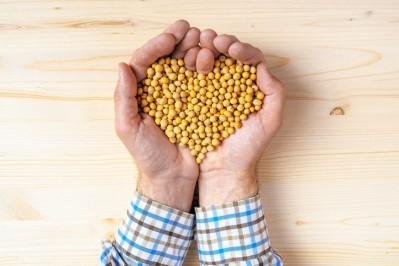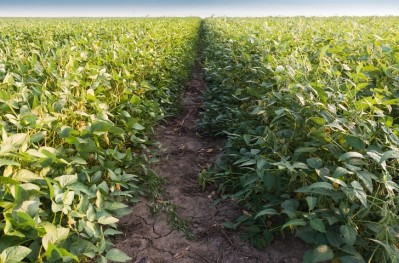Special Edition: Feed Industry Consolidation Review
What will be the model of EU compound feed manufacturing in five years’ time?

Last December, Richard Maatman, global marketing director at Trouw Nutrition, Nutreco's animal nutrition business, told us how the amalgamation trend was shaping the agribusiness landscape.
Six months on, he said the fundamentals of the feed industry have not changed much but he does anticipate further consolidation of the European compound feed sector: “The number of players has been declining over the past few years as a consequence of consolidation. Nevertheless, the European feed sector remains rather fragmented.
“When you consider that ForFarmers, for example, is one of the largest EU compound feed companies, producing somewhere in the region of 8 to 10 million tons of feed annually, it only enjoys a 4.3% share of the European feed market,” said Maatman.
He foresees a model developing over the next five years whereby in each European country, there would be around three feed producers that dominate the landscape, and co-existing alongside those big players would be small scale feed mills that would serve a niche demand or would remain very specialized, producing feed for a certain (sub)species, or for organic production.
Processors to become the orchestrators
And processors will likely hold sway:
“The way I see trends playing out, the long term consequences of consolidation in the EU agribusiness sector will be that the processors like Friesland Campina, who are driving sectoral change, will become the orchestrators of the value chain from feed to shelf.
“They will set the requirements, the conditions for other parties in that chain to meet, such as sustainable soy sourcing, and the feed sector will have to adapt to that.
“So a more concentrated feed sector would be a stronger one in terms of negotiating position, and would be more appealing, in terms of collaboration, for the large processors,” said Maatman.
Integration trends
As it is now, in Europe, broiler production would tend to be the segment that mostly follows a model of integration where feed production is in-house or where there is a co-milling operation, he said.
But, on the European ruminant and swine side, integration is definitely not so huge, continued Maatman.
“The Netherlands is the exception to the rule - the broiler industry is not a highly integrated sector. Around 70% of the broiler production business in Spain would be integrated, while in Russia, that figures jumps to 90%. In Germany, in swine and ruminants there would tend to be a lot more SME scale operations, but the broiler sector is moving in the integration direction.
“In Ireland and the UK, you would tend to see more of a virtual integration model in the broiler segment, whereby long term contracts create interdependence between the processors and the feed milling and farming sector. But in those markets, 70% of the independent feed production sector is already dominated by only a few players with the rest made up of small feed milling operations.”
Farming model
But Maatman does not see the development of large scale farming in Western Europe anytime soon: “There is huge societal and NGO resistance to big farms. In tandem with that, land in scarce and there is a lack of available capital to scale up due to poor market conditions across species in the past couple of years.
“Moreover, there are considerable benefits to be accrued in a continuing model of privately owned family farms across Europe; there are huge efficiency gains from the long hours put in, the management, the dedication, the yields per hectare and yields per herd generated, with the high number of piglets born per sow in the Netherlands as an example.
“If that Dutch efficiency in farming was applied in China, that country could cull one third of its sow herd, with a direct impact on profitability,” added Maatmann.











